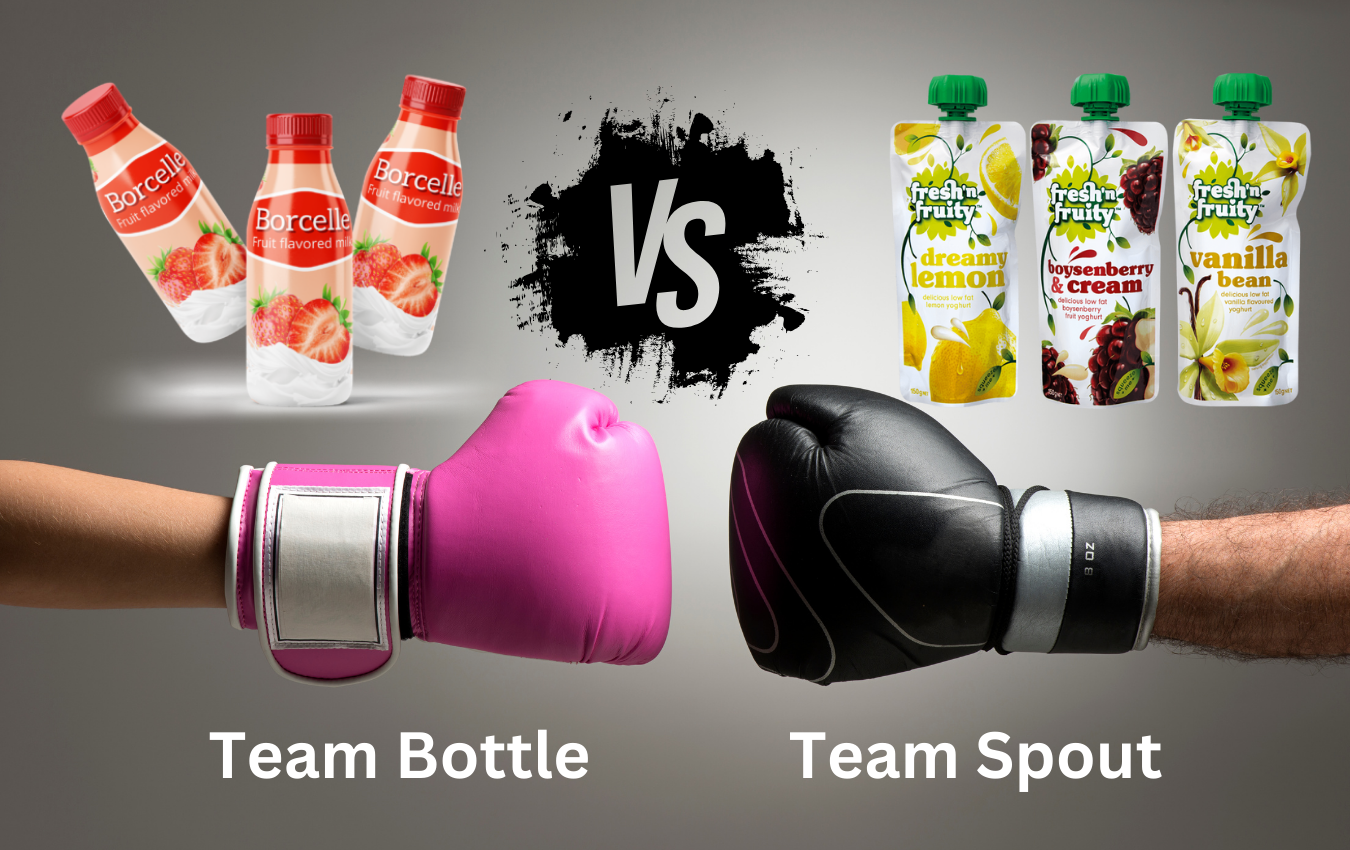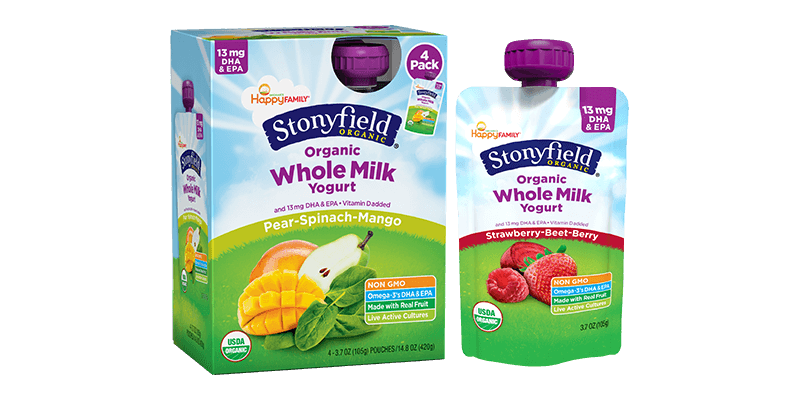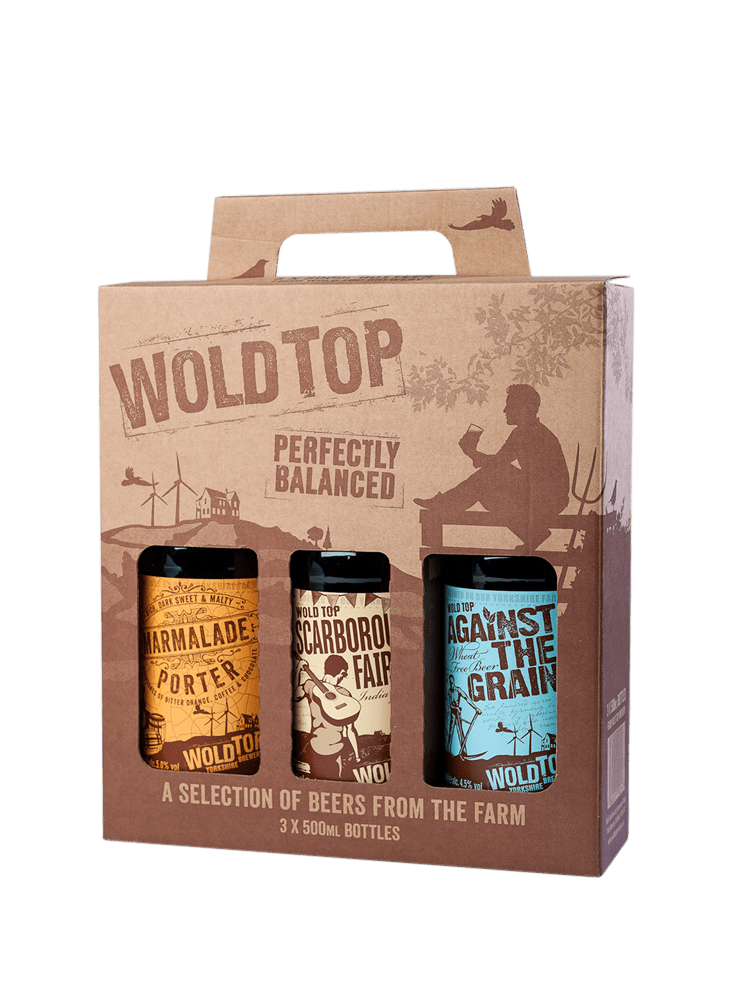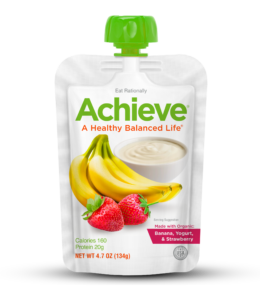Home » Spout Pouches vs Bottle Packaging
Spout Pouches vs Bottle Packaging

When it comes to packaging liquids and semi-liquids, two popular options are spout pouches and traditional bottle packaging. Both have their advantages and disadvantages, making them suitable for various applications. In this detailed blog, we will conduct a comprehensive comparison of spout pouches and bottle packaging, exploring their features, benefits, drawbacks, and common use cases. By the end, you’ll have a clear understanding of which option might be the best fit for your specific product and branding needs.
Features and Benefits of Spout Pouches
- Flexibility and Portability: Spout pouches are lightweight and flexible, making them easy to store and transport. They take up less space than rigid bottles, making them an excellent choice for on-the-go consumers.
- Customizable Design: Spout pouches offer a wide range of design possibilities. They can be customized with vibrant graphics, various shapes, and transparent windows, enhancing product visibility and shelf appeal.
- Reduced Environmental Impact: Spout pouches are often more eco-friendly than bottles. They require less material for production and transportation, contributing to reduced carbon footprint.
- Cost-Efficiency: Spout pouches can be cost-effective, particularly for large-volume orders. They save on material costs, storage space, and transportation expenses.
- Easy Dispensing: Spout pouches come with a built-in spout and cap, providing controlled and mess-free dispensing of liquids. This feature is especially valuable for products like baby food, sauces, and beverages.

Drawbacks of Spout Pouches
- Limited Durability: While spout pouches are suitable for many applications, they may not provide the same level of durability and impact resistance as bottles. This can be a concern for products that require robust protection.
- Shelf Stability: For certain products that require extended shelf life or resistance to external factors like light and oxygen, bottles may offer better protection and preservation.
Features and Benefits of Bottle Packaging
- Durability: Bottles, especially those made from glass or thick plastics, offer high durability and impact resistance. They are less likely to puncture or tear compared to spout pouches.
- Variety of Shapes and Sizes: Bottles come in various shapes, sizes, and materials, providing flexibility for different product types and branding needs.
- Premium Image: Glass bottles, in particular, convey a premium and upscale image for products like wine, spirits, and gourmet sauces. They are often associated with higher quality.
- Excellent Shelf Stability: Bottles can offer superior protection against external factors like light, oxygen, and moisture, ensuring product quality and shelf stability.

Drawbacks of Bottle Packaging
- Environmental Impact: Traditional bottles can have a more substantial environmental impact due to the higher amount of material used and increased transportation costs.
- Weight and Transportation Costs: Bottles, especially glass ones, are heavier and bulkier, leading to higher transportation costs and potential breakage during transit.
- Limited Dispensing: Some bottle designs may not offer as convenient and controlled dispensing as spout pouches. Pouring liquids from bottles can be less precise and more prone to spills.
Common Use Cases
- Spout Pouches: Spout pouches are commonly used for products such as baby food, fruit purees, energy drinks, liquid detergents, sauces, salad dressings, and personal care products.
- Bottle Packaging: Bottles are often chosen for beverages (water, juice, soda, alcoholic beverages), condiments (ketchup, mustard, mayonnaise), cooking oils, pharmaceuticals, and chemical products.
Conclusion
Choosing between spout pouches and bottle packaging depends on several factors, including product type, branding, environmental considerations, and consumer preferences. Spout pouches excel in terms of flexibility, customization, and eco-friendliness, while bottles offer durability, premium image, and excellent shelf stability. Ultimately, the decision should align with your specific product needs and overall packaging strategy, aiming to deliver the best possible consumer experience while meeting your business objectives.
If you are interested in packaging for your beverages, then partner with Brown Packaging today to get started.
In today’s competitive market, packaging affordability doesn’t start with cheaper materials — it starts with smarter design. Every score, fold, and insert decision affects not
Every brand is feeling the squeeze — higher raw material costs, volatile freight rates, and a consumer base more price-conscious than ever. But cutting packaging
Corrugated board comes in multiple flute sizes and wall grades, each designed to balance strength, weight, and cost. Selecting the wrong grade can lead to
As tariff changes reshape global trade, packaging buyers moving production from China to the U.S. or nearshore regions face a new challenge: supplier qualification. Transitioning
With new tariff proposals and continued trade uncertainty, 2026 is shaping up to be another pivotal year for packaging sourcing strategy. Many companies that shifted
Following multiple rounds of tariff changes and trade policy adjustments, 2026 marks a turning point for U.S. packaging buyers. Many who previously transitioned from China
Home » Spout Pouches vs Bottle Packaging

Wine, the elixir of celebration and sophistication, demands packaging that not only safeguards its integrity but also reflects its prestige. Whether you’re a winery owner,

When it comes to packaging liquids and semi-liquids, two popular options are spout pouches and traditional bottle packaging. Both have their advantages and disadvantages, making


